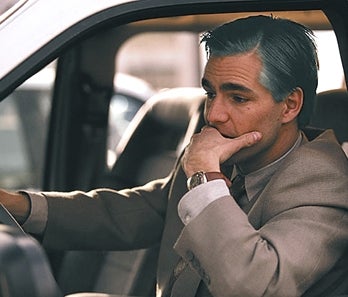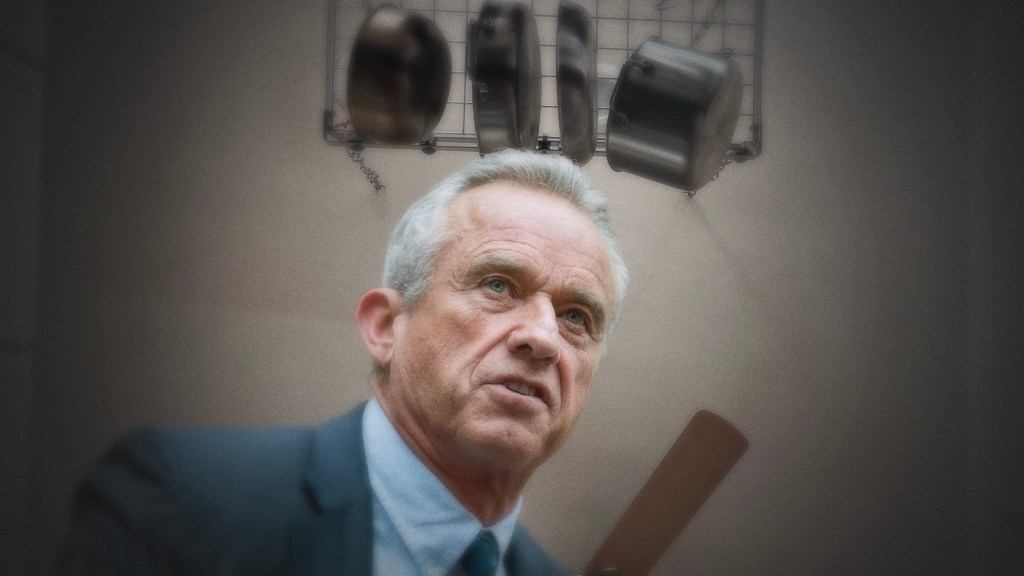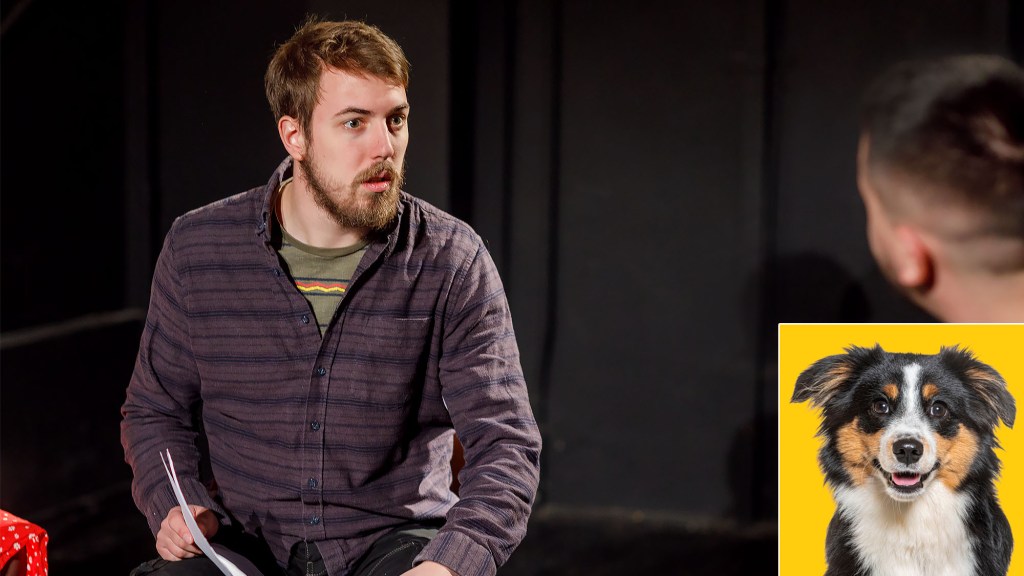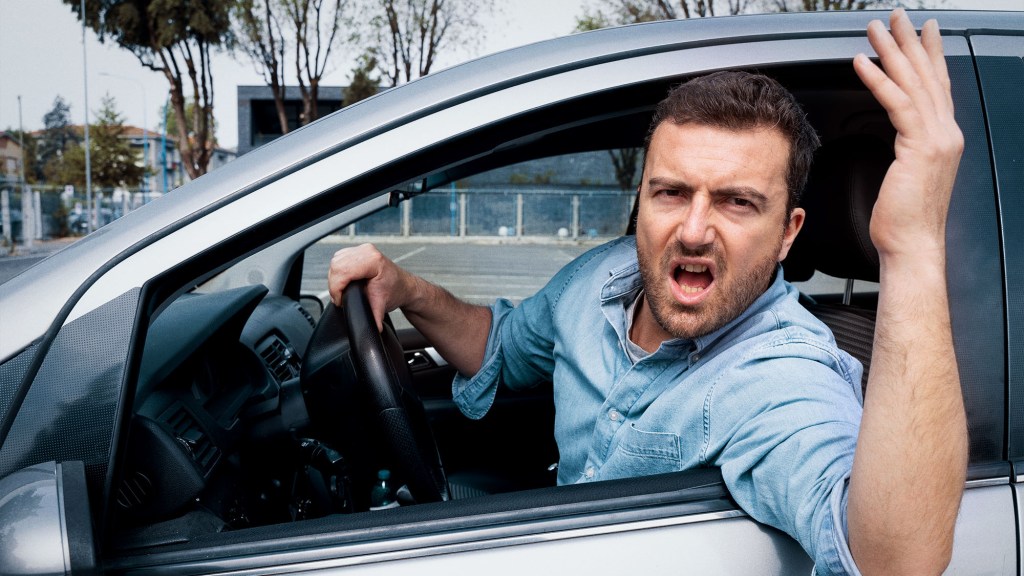PITTSBURGH, PA—Bernard Rothstein, an urban planner and traffic-flow modulation specialist with the Urban Redevelopment Authority, found himself stuck in rush-hour traffic of his own design for more than an hour Monday.
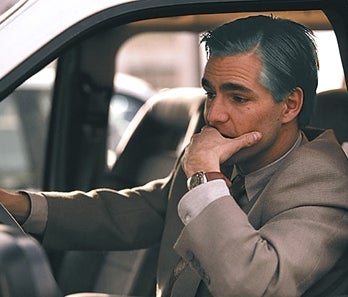
“This happens every weeknight,” Rothstein said, inching through the Allegheny Center district he designed in 1987. “When will I learn to avoid this part of town during rush hour?”
The gridlock-bound Rothstein, who has worked in urban planning for 24 years, passed the time by devising possible modifications to his original design.
“A direct path to I-279 and wider on-ramps would have helped, for starters,” Rothstein said, drumming his fingers on the steering wheel. “Sure, a six-lane street wouldn’t look as nice as that tree-lined square with the fountain—Jesus, lady! Move!—but with six lanes, I wouldn’t be sitting here breathing fumes.”
While attempting to nose his Lexus GS 300 into a line of honking cars, Rothstein brainstormed more solutions to his current predicament.
“With more lanes, tourists wouldn’t have to cut across commuter traffic to get from the area around the Buhl Planetarium and the Institute Of Popular Science down to the Three Rivers area to buy hot wings at those crappy jazz clubs,” Rothstein said. “You might have thought of that, genius. After all, you’re the one who convinced them to re-zone it commercial. Moron.”
Added Rothstein: “Who wants a shopping area in—move your ass, blue Taurus! Come on! Who wants a shopping area in an access-limited waterway confluence, anyway? Oh, yeah: the genius Bernie Rothstein!”
As Pittsburgh, America’s steel capital, made the transition to high-tech and service industries in the 1980s, many thought its rusting, blighted urban landscape was obsolete. According to Rothstein, it was then that the Urban Redevelopment Authority, along with several private urban-planning firms, began the slow process of rethinking the city’s roads, parks, and commercial and residential districts. Today, the city’s designers are regularly lauded for their elegant, modern buildings and stuck in traffic of their own making for hours at a time.
Abandoning his plan to get on the interstate with a hasty U-turn, Rothstein explained that he was also part of the eight-person team that created Crawford Square, an 18-acre residential development on the eastern edge of downtown Pittsburgh.
“Crawford Square is a pedestrian-oriented neighborhood with a large public recreation center, a three-mile jogging trail, and residents with a wide range of incomes,” Rothstein said. “Green space is great. It felt wonderful to turn four defunct foundries into a park-lined community with access to downtown. Would’ve been even better to turn it into a community lined with, say, 85 percent of the existing parkland and a few more goddamned dedicated turn lanes.”
Hastily executing two left turns to re-enter the interstate on-ramp, Rothstein described the Three Rivers traffic hub. He said he considers the hub—with its long, flowing, elevated contours and broad, boulevard-lined access ways—an aesthetic triumph, as well as “a complete bitch to navigate.”
“Medium-interval on-ramp traffic lights, my ass,” Rothstein said. “Very nice sweeping compound curves on the bridge thoroughfares, Bernie. They’re very fluid—unlike the traffic stuck in them right now.”
Rolling down a window and shaking a fist at the traffic ahead, Rothstein said: “This is about that Route 28 thing, isn’t it, God? If I promise to put in more HOV concessions, will you please get things moving here already?”
A cell-phone call from Rothstein’s wife Marjorie interrupted the angry tirade.
“Well, I’m sorry it’s taking so long, Bernie,” Marjorie said. “But remember, honey, that you’re the one who said I-279 was a horrible scar gouged into the city for the sake of efficiency. It was your own enthusiasm for small, two- to eight-acre city parks that made Pittsburgh a nicer place to live and got you into this mess.”


